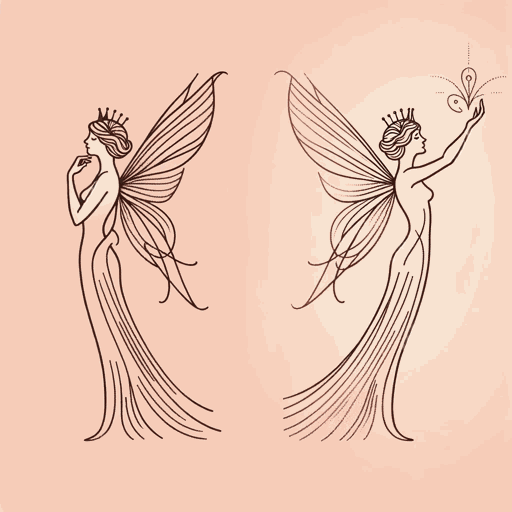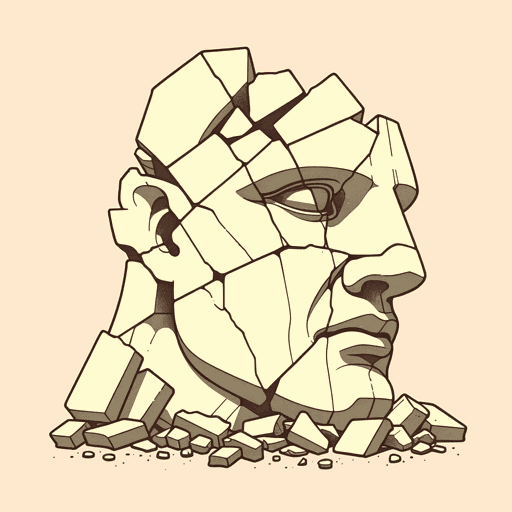17 pages • 34 minutes read
Percy Bysshe ShelleyOzymandias
Fiction | Poem | Adult | Published in 1818A modern alternative to SparkNotes and CliffsNotes, SuperSummary offers high-quality Study Guides with detailed chapter summaries and analysis of major themes, characters, and more. For select classroom titles, we also provide Teaching Guides with discussion and quiz questions to prompt student engagement.
Symbols & Motifs
The Statue
Much of the imagery of Shelley’s poem contains specific details of the statue, and the symbolic meaning of the statue in its crumbling state impacts the reader’s understanding of the both tone and themes of the poems. The statue, in reality, is an enormous piece of art that attests to the grandness of Ramses II and his successful leadership of a powerful military state. “Ozymandias,” as a literary work of art, complements the statue on which it is based by assuring immortality for the subject of both the poem and monument.
At the same time, the poem’s depiction of the statue of Ozymandias represents the myopic pride and hubris of man, particularly those in a position of power. While Shelley’s source, Diodorus Siculus, notably describes an intact statue sitting upright (“In so great a work there is not to be discerned the least flaw, or any other blemish”), Shelley’s monument is broken, referred to as “that colossal Wreck” (Line 13).
The Desert
Shelley’s “lone and level sands” (Line 14) represent, on the most basic level, the passage of time, but the desert is also characterized by a sense of passivity. Ozymandias’s statue was not toppled by his rival kings or by any of the forces he might have feared.
Related Titles
By Percy Bysshe Shelley

A Defence of Poetry
Percy Bysshe Shelley

Adonais
Percy Bysshe Shelley

Alastor; or, The Spirit of Solitude
Percy Bysshe Shelley

Mont Blanc: Lines Written in the Vale of Chamouni
Percy Bysshe Shelley

Mutability
Percy Bysshe Shelley

Ode to the West Wind
Percy Bysshe Shelley

Prometheus Unbound
Percy Bysshe Shelley

Queen Mab: A Philosophical Poem
Percy Bysshe Shelley

The Masque of Anarchy
Percy Bysshe Shelley

The Triumph of Life
Percy Bysshe Shelley

To a Skylark
Percy Bysshe Shelley

